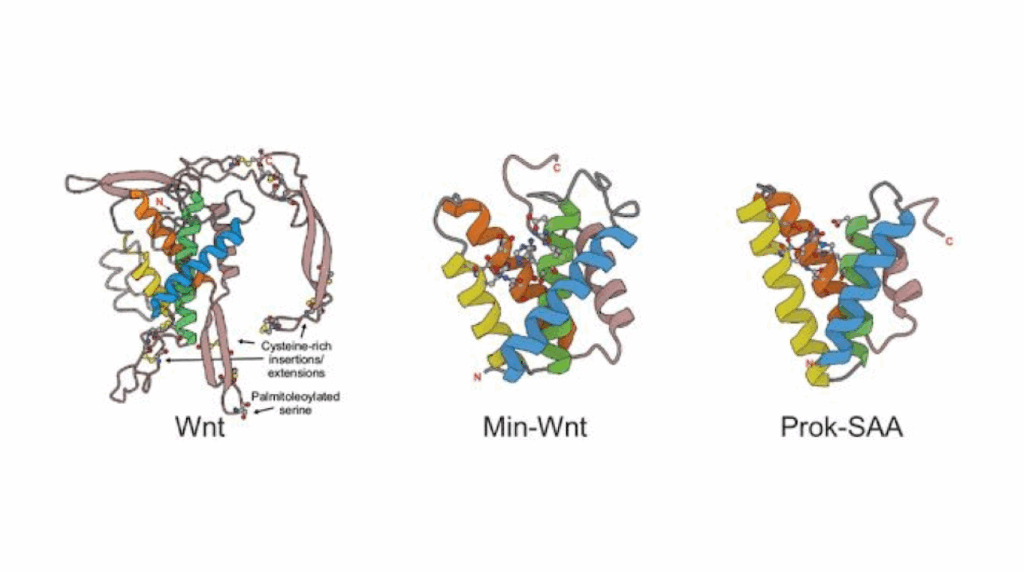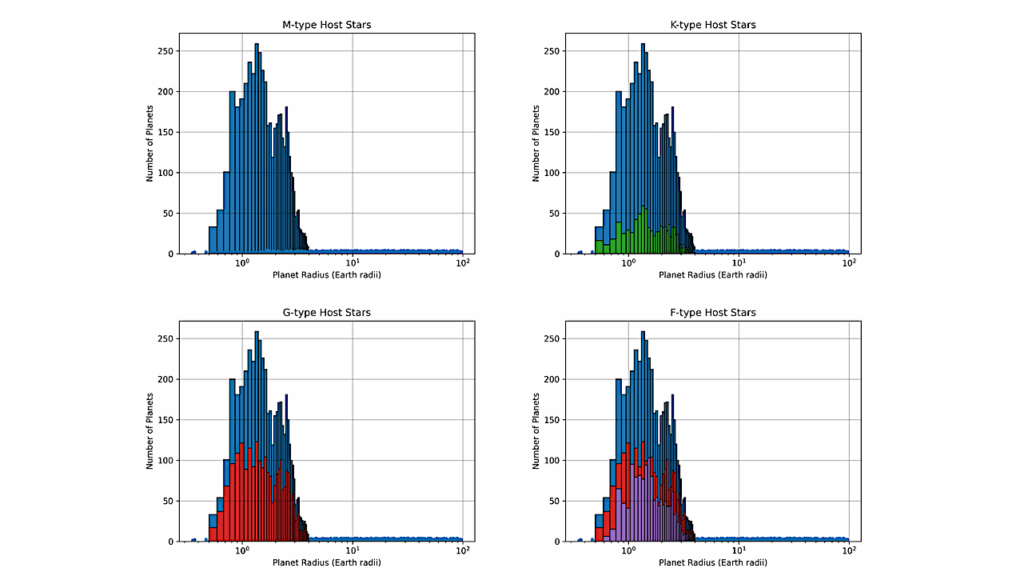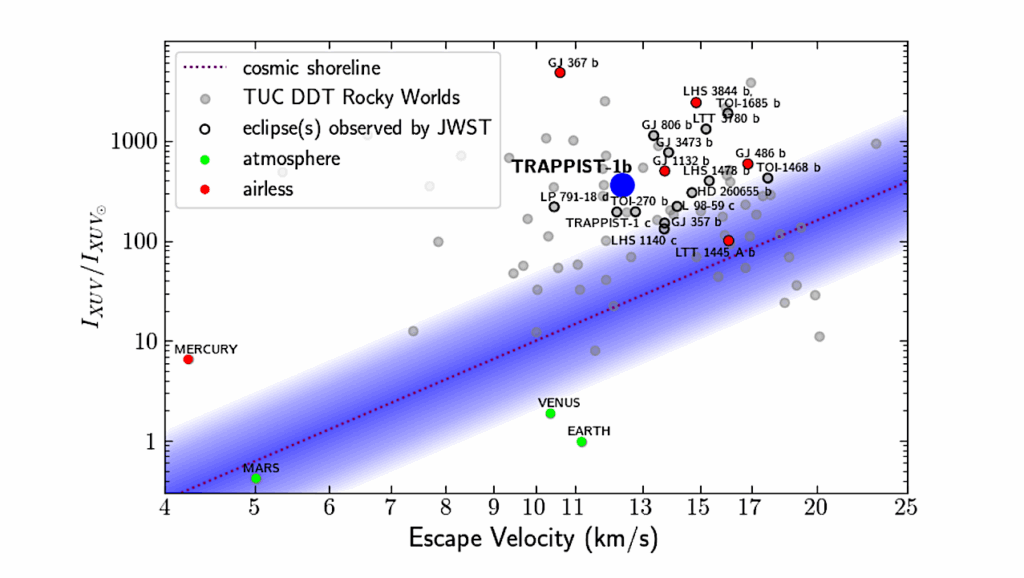chemcomp: Modeling The Chemical Composition Of Planets Formed In Protoplanetary Disks

Future observations of exoplanets will hopefully reveal detailed constraints on planetary compositions. Recently, we have developed and introduced chemcomp (Schneider & Bitsch 2021a), which simulates the formation of planets in viscously evolving protoplanetary disks by the accretion of pebbles and gas.
The chemical composition of planetary building blocks (pebbles and gas) is traced by including a physical approach of the evaporation and condensation of volatiles at evaporation lines. We have now open-sourced the chemcomp code to enable comparisons between planet formation models and observational constraints by the community.
The code can be found at this https URL, is easy to use (using configuration files) and comes with a detailed documentation and examples.
Aaron David Schneider, Bertram Bitsch
Comments: url: this https URL
Subjects: Instrumentation and Methods for Astrophysics (astro-ph.IM); Earth and Planetary Astrophysics (astro-ph.EP)
Cite as: arXiv:2401.15686 [astro-ph.IM] (or arXiv:2401.15686v1 [astro-ph.IM] for this version)
Related DOI:
https://doi.org/10.5281/zenodo.10184399
Focus to learn more
Submission history
From: Aaron Schneider
[v1] Wed, 22 Nov 2023 18:06:08 UTC (25 KB)
https://arxiv.org/abs/2401.15686
Astrobiology








